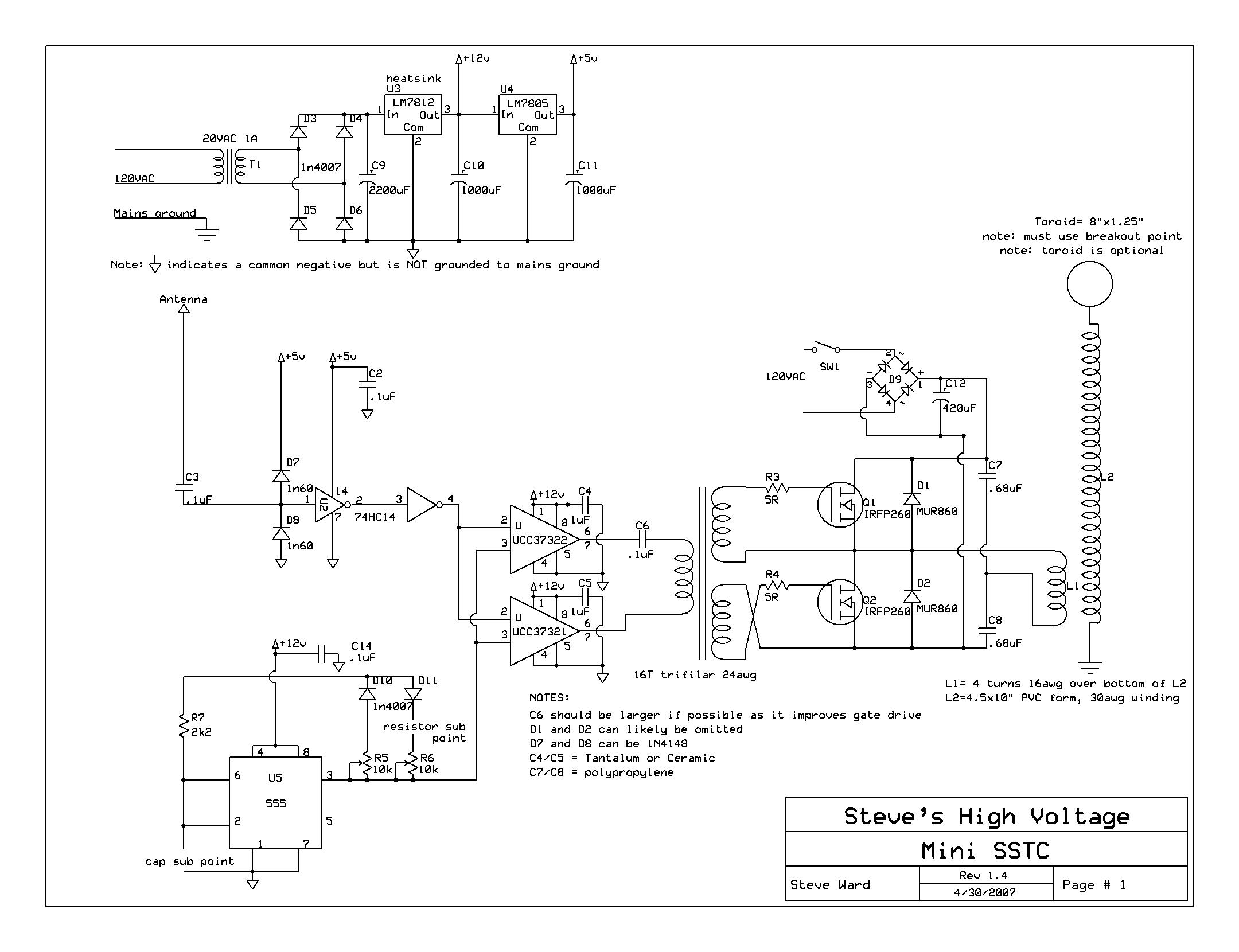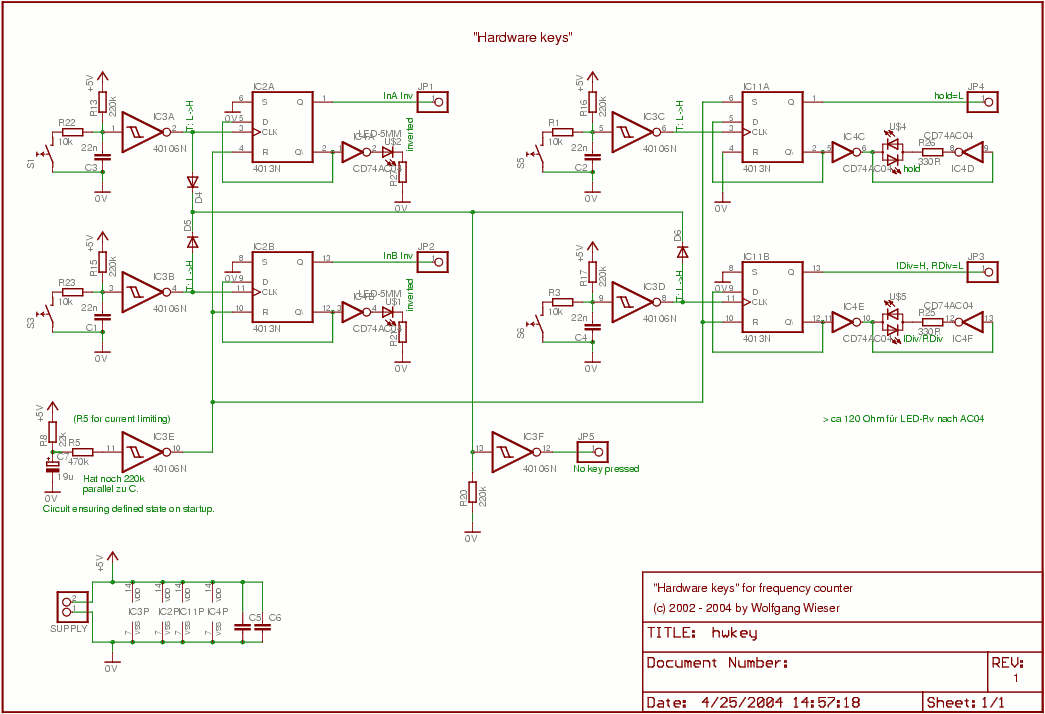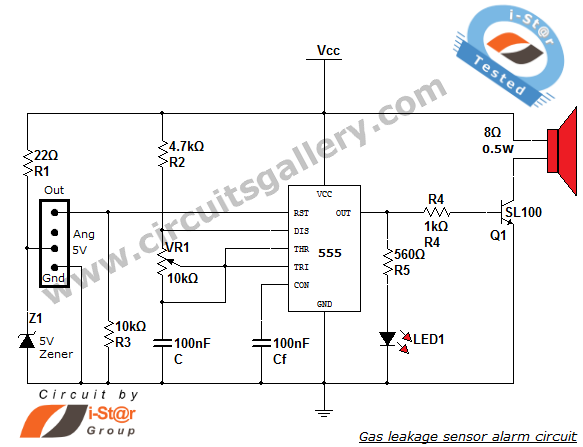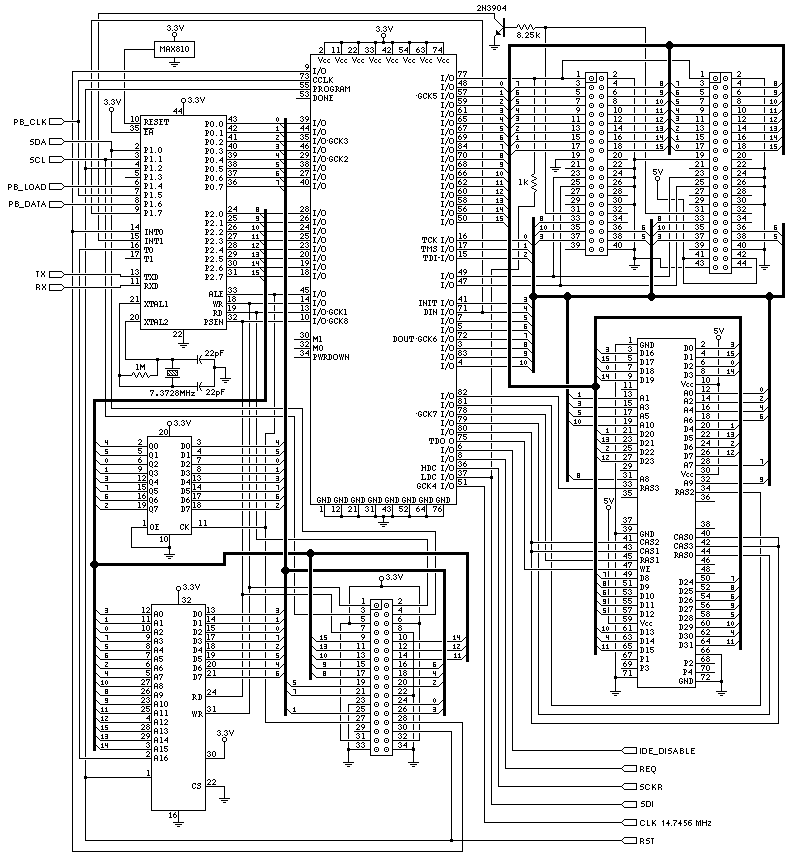
555 configured as in this schematic

This configuration is not a standard astable multivibrator. Is there anyone who can identify this setup? A deeper understanding of it would be appreciated.
The circuit in question appears to deviate from the conventional astable multivibrator design, which typically consists of two resistors and two capacitors arranged to create a square wave output. In standard configurations, the timing components determine the frequency and duty cycle of the output waveform.
To analyze this non-standard configuration, it is essential to examine the components used, their connections, and the overall functionality. Non-standard configurations may include additional components such as diodes, additional transistors, or specialized capacitors that could alter the behavior of the circuit significantly.
The identification of the specific configuration may involve recognizing the role of each component within the circuit. For instance, if the circuit incorporates feedback loops or different types of transistors (such as MOSFETs or BJTs), it may suggest a unique application or modified operation mode.
Understanding the purpose of the circuit is also crucial. If it serves to generate specific waveforms, regulate voltage, or drive loads, this context can provide insights into its design rationale.
To facilitate better understanding, a detailed schematic diagram illustrating the connections and component values would be beneficial. This diagram should clearly label each component, including resistors, capacitors, and active devices, while also indicating the power supply connections and output terminals.
Overall, a thorough analysis of the circuit's behavior through simulation or practical experimentation may yield further insights into its operation and potential applications, enabling a comprehensive understanding of this non-standard multivibrator configuration.It is clearly not a standard astable multivibrator. Does nayone recognize this configuration? I would like to understand it better.. 🔗 External reference
The circuit in question appears to deviate from the conventional astable multivibrator design, which typically consists of two resistors and two capacitors arranged to create a square wave output. In standard configurations, the timing components determine the frequency and duty cycle of the output waveform.
To analyze this non-standard configuration, it is essential to examine the components used, their connections, and the overall functionality. Non-standard configurations may include additional components such as diodes, additional transistors, or specialized capacitors that could alter the behavior of the circuit significantly.
The identification of the specific configuration may involve recognizing the role of each component within the circuit. For instance, if the circuit incorporates feedback loops or different types of transistors (such as MOSFETs or BJTs), it may suggest a unique application or modified operation mode.
Understanding the purpose of the circuit is also crucial. If it serves to generate specific waveforms, regulate voltage, or drive loads, this context can provide insights into its design rationale.
To facilitate better understanding, a detailed schematic diagram illustrating the connections and component values would be beneficial. This diagram should clearly label each component, including resistors, capacitors, and active devices, while also indicating the power supply connections and output terminals.
Overall, a thorough analysis of the circuit's behavior through simulation or practical experimentation may yield further insights into its operation and potential applications, enabling a comprehensive understanding of this non-standard multivibrator configuration.It is clearly not a standard astable multivibrator. Does nayone recognize this configuration? I would like to understand it better.. 🔗 External reference





